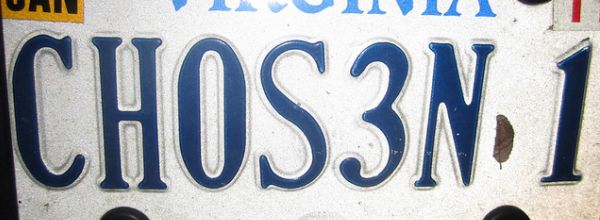Maxam–Gilbert Sequencing: What It Is and 3 Modern Applications
Maxam–Gilbert Sequencing. Slow and obsolete or niche but powerful? Discover how it works and learn about three modern applications.
Join Us
Sign up for our feature-packed newsletter today to ensure you get the latest expert help and advice to level up your lab work.


Maxam–Gilbert Sequencing. Slow and obsolete or niche but powerful? Discover how it works and learn about three modern applications.

Multiplex ligation-dependent probe amplification (MLPA) is a molecular technique developed by MRC-Holland back in 2002. In a nutshell, MLPA is a sensitive technique that allows quantification of nucleic acid sequences, quickly and efficiently. It is performed in many laboratories worldwide, and can be applied to detect copy number changes (like deletions or duplications) of a…

The epigenome has been in the research spotlight, and for good reason. Not only has it been associated with the developmental stages of an organism, but epigenetic alterations lead to disorders and have been linked to many human diseases. So, the question stands: what exactly is an epigenome? What Is the Epigenome? Simply put, the…

As we discussed previously, the gaps in our understanding of the human genome make variant classification an extremely difficult job. However, with each passing day our knowledge increases, and the tools to help us become increasingly more efficient. Let’s pick up where we left off in our first article about variants. After checking Ensemble to…

Since our early steps in Science we have been told that every cell in our body has the exact same genetic information (minus one or two alterations). Therefore, the great variety of cells in our body comes from gene expression – each cell must express one set of genes and repress another set to function…

Even though our knowledge about genomes grows daily, and in huge leaps, we sometimes need to remind ourselves that DNA was first isolated in 1869 and its molecular structure was only identified in 1953. The PCR reaction only hit the scientific community as recently as 1983! So even though we are growing fast, we are…

I am sure many of you have been there. Everything is going smoothly, and your project seems to be working out perfectly. And then there is this one PCR. For some reason, it just won’t work. It is a black dot on your record. Even though I have a scientific mind, I have to be…
Next generation sequencing opened the doors to our genome. It gives massive amounts of information in a week – whereas Sanger sequencing takes thrice as long, and causes lab lesions due to the abusive use of pipettes. Indeed, with minimal hands-on procedures we obtain a lot of data. But nothing in Science is ever easy….

Who amongst us hasn’t had the need for oligonucleotides in an experiment? It is a cornerstone in many procedures and techniques. Depending on the goal, it can be very hard to design just the right oligo for your experiment. Oligos must have the right length; the right amount of C-G, T-A; they can’t form secondary…

DNA sequencing is the most powerful method to reveal genetic variations at the molecular level, leading to a better understanding of our body in physiological settings, and pathological conditions. It is the beginning of the long road towards better diagnostics and personalized medicine. Even though there have been great advances in DNA sequencing technologies there…

NGS is not a three-headed monster. However, it can be a difficult concept to grasp—especially when you are getting started. There is a lot of new terminology, and a whole new world to discover: both in the lab bench and in interpreting your results. It helps to start somewhere. So, let’s start! Depth of Coverage…

ChIP-seq has proved amazing. Through these new techniques, we can obtain big datasets in a matter of days, making our lives in the lab easier and more efficient. ChiP-seq combines chromatin immunoprecipitation (ChIP) assays with whole genome sequencing. This makes it possible to understand where proteins bind to DNA and epigenetic modifications. Humans are not only their…

Whatever molecular biology techniques you use, at some point you will have to clean up your DNA samples to remove things like buffers, contaminants and nucleotides from you precious sample, so that you have perfectly pure DNA for your downstream experiments. Magnetic beads are one DNA cleanup option. They are simple and effective—and their…

Choosing a PhD topic can be very hard. There are a lot of things to consider from the subject to the supervisor. Here are some tips to help you choose. Find out what you really like This is the first topic because it is the most important. My first advice would be to get some…

The eBook with top tips from our Researcher community.